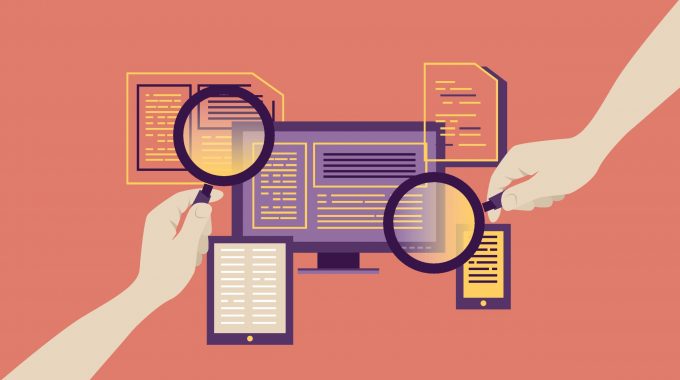One of our previous posts talked about the strengths and limitations of content analysis as a research method.
Today, this article devotes more attention to the seven critical phases of building up a content analysis.
Identify a Problem

The first stage includes identifying a problem. In other words, once you’ve identified a problem, your research will be more likely based on this topic. It will be the main theme of your research. It will take the main position of your investigation.
Formulate a Research Question or Hypothesis
This step consists of the researcher restructuring his problem into a hypothesis or research question. A hypothesis refers to a statement that is yet to be tested. This phase is based on a technique used by positivists during a quantitative research which is called the hypothetico deductive model.
It refers to a stage when they start the research by forming a hypothesis and then there is the testing procedure, where they collect and analyze information. It will help the researcher to focus on specific elements and not to go beyond the line of research.
In this phase, it is extremely important for the researcher to come up with a hypothesis that he will be able to study and solve. If it’s impossible to answer, the research is no longer valid.
Select Communication Content and Sample
The hypothesis formulated during the second stage will allow the researcher to collect the necessary communication content that will resolve the research problem and answer the original question.
The communication material is defined as all the data that the researcher will have to read, watch, listen and analyze.
Sometimes, the communication content can be limited which requires much analysis and strategy by the content analyst.
Some sampling methods include:
- Simple random sampling is a process whereby all potential sampling subjects are listed and each unit has an equal chance of being picked out for the survey through a randomization process.
- The systematic sampling where a specific unit is chosen. For example, the tenth name within a sampling frame is picked out.
- Stratified random sampling refers to a way where the researcher uses certain subcategories to further investigate the sampling units.
- Cluster random sampling follows the notion that there are some typical groupings to which the researcher can target and use the simple random sampling with them.
Identify Unit of Analysis

In this stage, analysis is carried out in the form of certain recording units such as words and terms, themes, characters, paragraphs, items and concepts.
As the smallest type of unit, words or terms are used to analyze their frequency in communication content. Similarly, a theme is identified when it keeps appearing in communication content.
When it comes to characters, a researcher will show much interest to a person, for example, a politician or celebrity, if they are constantly mentioned in the content.
Paragraphs are the most difficult units to analyze due to the high level of subjectivity involved in descriptive words.
Construct Categories
As a critical phase, it describes the classification of content into different categories so as to facilitate the analysis and decoding of data. The only way to identify the category properly is through the hypothesis. It establishes whether it is completely defined, mutually exclusive or exhaustive.
Completely defined means it’s clear which information will be included and not included in the category. Mutually exhaustive is when the content comes under only one category.
Quantify and Code

The coding process simply refers to a technique through which a researcher is able to analyze, computerize and quantify information collected. It is when the researcher is able to classify the content into categories and represent it on charts and graphs.
This process can only be valid using two strategies. Firstly a pilot study can be conducted which refers to a small-scale test study done to check the feasibility of the main study. Secondly, a researcher should check his results with that of another coder. The aim is to obtain the nearly same information, without much difference.
Analyze and Interpret Data
As one of the crucial aspects of content analysis, this stage makes use of first-hand principles and statistical approaches to analyze resulted information.
Information obtain is in the form of facts and figures, thus requiring computer programs and such technology to decode. This will also confirm or reject the statement made by the hypothesis.
Again, how reliable do you think content analysis is as a research method?




